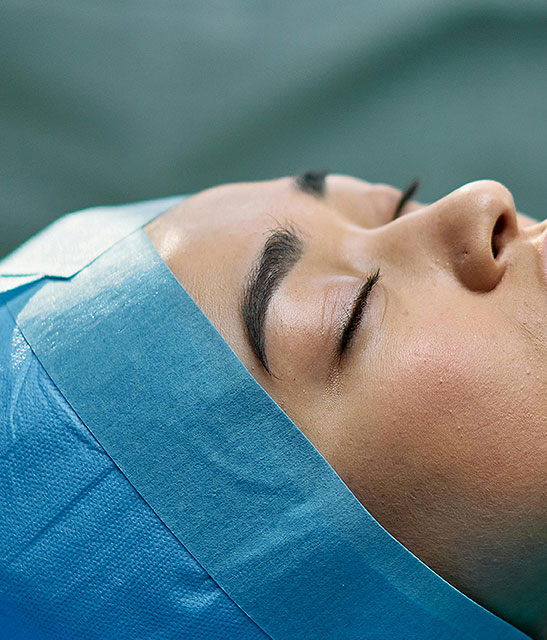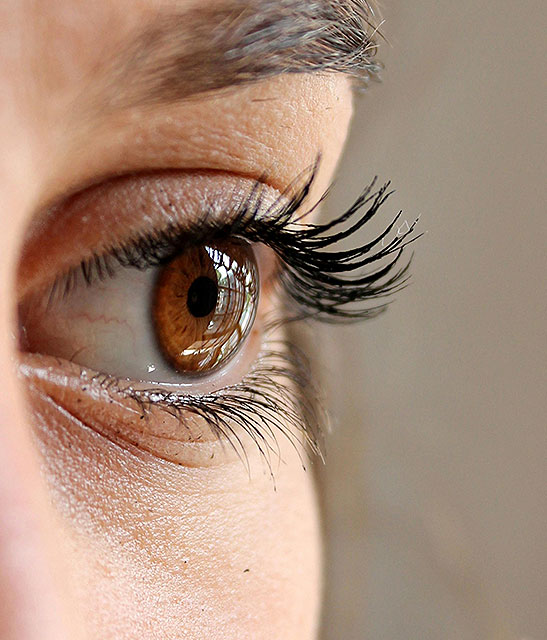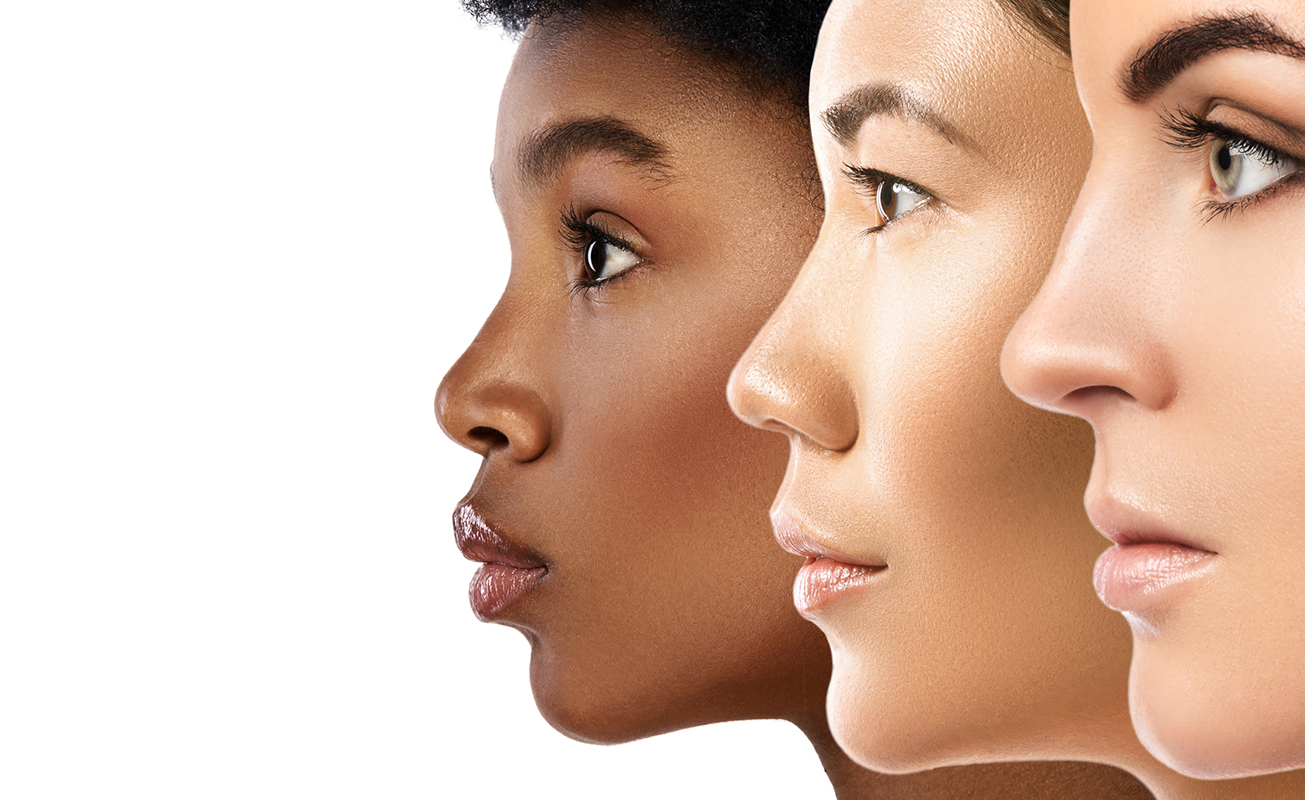At the time of consultation, Dr. Steinsapir will assess your facial structure and surgical goals, in order to accurately determine what type of eyebrow support and shape will best accentuate your natural features. Some individuals require only a forehead lift, while other patients present with both eyebrow ptosis (sagging) and excess upper eyelid skin, which makes them a good candidate for a combination of facial surgeries to produce a more complete facial rejuvenation.
Surgery itself is typically performed at the UCLA outpatient surgery center, where Dr. Steinsapir is on staff as an Associate Clinical Professor and Attending Surgeon. The procedure is generally performed with intravenous sedation rather than general anesthesia, which reduces the patient’s drug exposure and expedites the recovery process.
There are two primary brow fixation options that can be employed to support the forehead while the body heals:
- Coapt Endobrow Endotine: the Coapt device is a small plate that is fixed to the forehead bone and supports the forehead. The device is completely covered and will naturally dissolve over time
- Microscrew Fixation: this method of forehead support involves three or four small microscrews and a small staple behind each post. The microscrews and staples are easily concealed within the hair and will be removed approximately three weeks after surgery
Although post-surgical swelling and bruising can last for several weeks, most patients find that after 7-10 days they can resume their normal activities and work routine.





